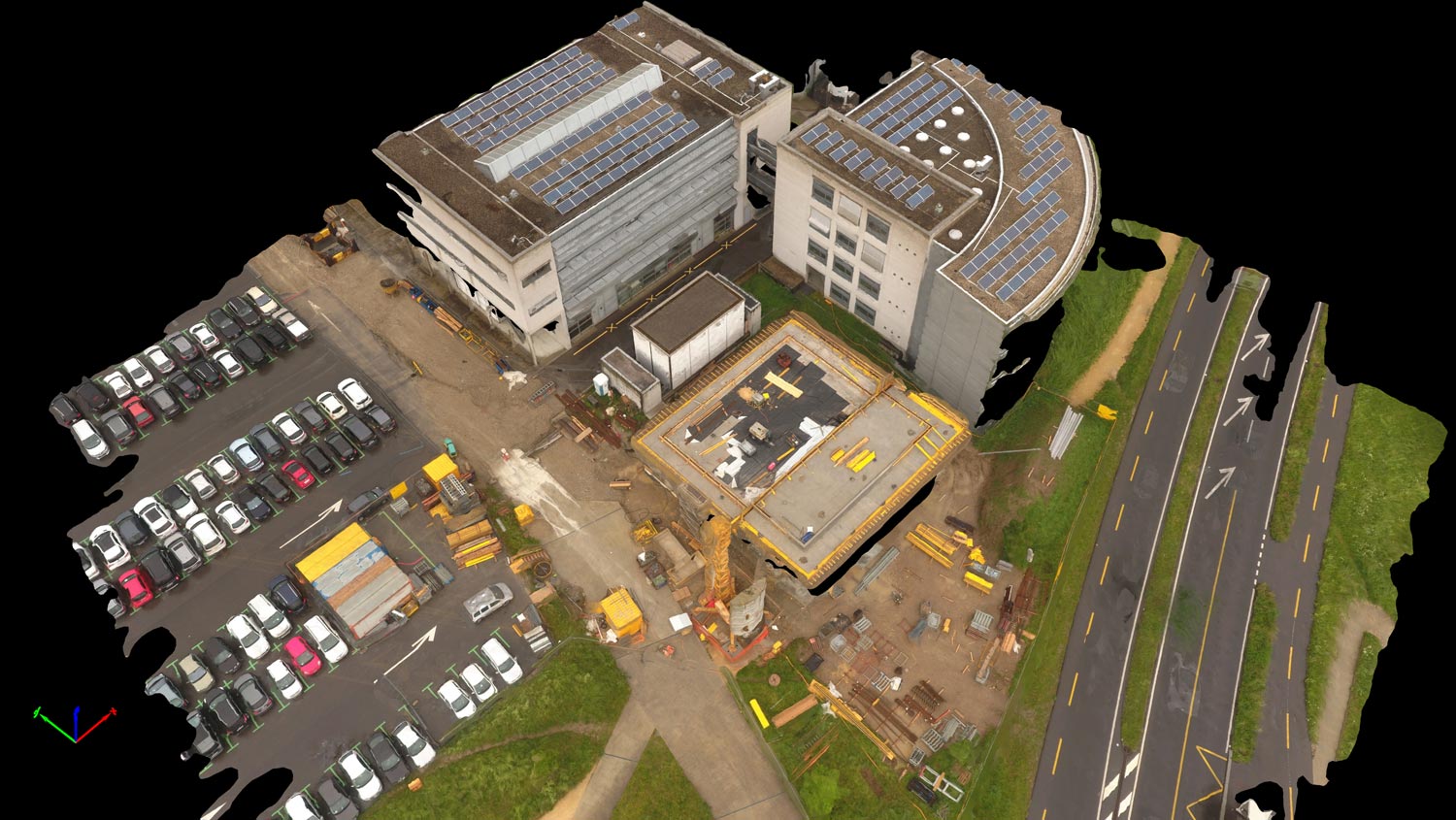
This has been a highly-requested feature! Flowsana now provides the ability to duplicate or copy all of a project’s rules over to another project, thus saving you the considerable time and effort of recreating the same rules in multiple projects. Please note that Workback Workflow support is currently in beta you’re encouraged to give it a try and let us know how it works for you!ĭuplicate a project’s rules to another project Then it will automatically calculate and set all project tasks (based on their dependencies, as with any Flowsana workflow) working backward from that project ending date.Īnd whenever you modify tasks in the project, their dates will always be calculated backward so as to make sure that the project is always set to finish on the designated project Due Date. When you do, Flowsana will assign the last (bottom) task in the project to be due on the project Due Date that you entered. Then, whenever you create a new workflow project from that template, you’ll enter a project Due Date instead of a Start Date.

How does it work? Simple! When putting a template under Flowsana Dynamic Duration workflow control, simply check the “This is a workback workflow” checkbox. Now you can automate this type of project workflow, known as a “workback workflow”, as well! However, there are many projects which need to key off of a project’s end date rather than a start date. What this rule does is: Any time a task in the “Possible Flowsana Features” project is moved into the “To Implement” column, a new project is automatically created, in the “Flowsana” team, based on the “MPN Product Launch Template” template, and the new project will be named “Feature Implementation: ”.įlowsana’s Dynamic Duration workflow type always allowed you to enter a project start date, from which Flowsana calculates, sets, and ongoingly maintains that project’s tasks based off of that project start date. Now you can have Flowsana automatically create a new project from a template, again based on any available If-Then Rule condition. And a given subtask can have its own subtasks, so you can nest multiple layers if needed.Īuto-create a new project from a template Note that the subtasks in your template can be fully-fleshed-out tasks Flowsana will duplicate basically all elements of a task including description, tags, custom fields, dependencies, etc. What this rule does is: whenever a new task is added to the “Employee Onboarding” project, that new task will automatically have added underneath of it the set of subtasks found underneath the “New employee onboarding tasks” task in the “Subtask Templates Library” project. Here’s an example of such an If-Then Rule: Or if a task is moved into a certain column (section), or if it has a given custom field set to some particular value, or gets a certain tag added to it, etc., then add a certain set of subtasks to it.

For example, you could say that if a new task is created in a particular project, add a certain set of subtasks to it. You then create an If-Then Rule which defines under what condition you want this set of subtasks added to some Asana task. (One recommended approach for organizing things is that you create a project, let’s call it “Subtask Templates”, and this project is where you house all of these “subtask template” tasks.) This task becomes in essence a “subtask template”. How this works is that you create a task, in any project, and add a set of subtasks underneath it. Now you can have Flowsana automatically add a predefined set of subtasks to a task based on any available If-Then Rule condition.
#Data model capture projects tasks and subtasks update
A new Flowsana update is out, featuring a number of additions that a lot of people have been asking for.


 0 kommentar(er)
0 kommentar(er)
